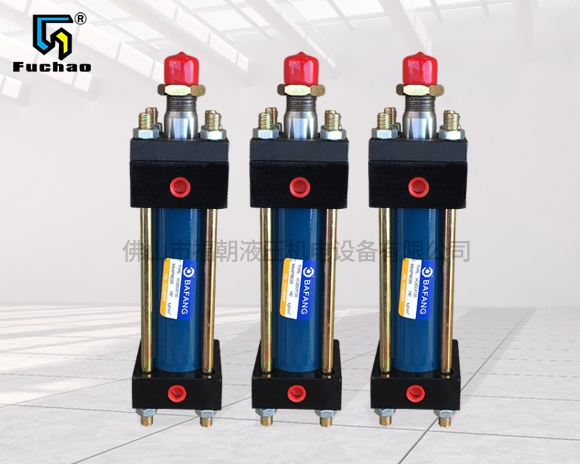The hydraulic pump, hydraulic system and hydraulic components usually adopt the cylindrical slide valve structure, and the valve core and valve body should be integrated in theory. Therefore, no matter how much pressure it is under, the force required to move the valve core only needs to overcome the viscous friction force. The value should be very small (0.5~5N), but this is not the case, especially in the medium and high pressure system, When the valve core stops moving for a period of time (usually about 5min), the resistance can occasionally reach hundreds of Newtons, making it very difficult to move the valve core. This is the so-called hydraulic clamping sign of the slide valve.

Hydraulic clamping occurs in the hydraulic system, which increases the wear of slide valve and reduces the service life of hydraulic components. In the control system, the displacement of the valve core generally uses electromagnet and spring with less pneumatic force. The hydraulic clamping will make the innovation action ineffective or unable to act, which will cause adverse consequences for the system operation. For example, the valve core of the hydraulic valve works under continuous high pressure, and there is a sign that the reset lags behind or cannot be reset after pressure relief. The solenoid reversing valve is also slow in reversing switching due to hydraulic clamping, so that it cannot reverse.



